Are There Too Many Ways to Pay?

 Apple Pay. Android Pay. Samsung Pay. Chase Pay. Walmart Pay. MasterPass. PayPal. Wells Fargo Wallet. Capital One Wallet. CakePay. It seems like every retailer and bank is coming out with their own version of a contactless, NFC- or QR code-based payment system. While it’s nice to have choices, when is it too much? Some experts have been positing just that, suggesting that the number of payment apps is too overwhelming for consumers.
Apple Pay. Android Pay. Samsung Pay. Chase Pay. Walmart Pay. MasterPass. PayPal. Wells Fargo Wallet. Capital One Wallet. CakePay. It seems like every retailer and bank is coming out with their own version of a contactless, NFC- or QR code-based payment system. While it’s nice to have choices, when is it too much? Some experts have been positing just that, suggesting that the number of payment apps is too overwhelming for consumers.
Of course, retailers and banks hope this is not the case, because they’d all like to grab a piece of the contactless payment pie. While contactless payments are indeed more convenient – and some may even argue safer than cash or credit – for consumers, there are those who believe this alone may not be enough to justify so many different systems. So, the question becomes, why are there so many different payment systems in the first place? One would think it would be easier if everyone would just sign on to accept one of the main three platforms, Apple Pay, Android Pay or Samsung Pay (Samsung phones are compatible with the Android phone system, so technically Samsung Pay is a subset of Android Pay). The short answer is money.
In an article on Passkit.com, author Brandon Lane explains the benefits to retailers when customers use mobile apps or QR codes to pay for purchases: “When retailers accept credit cards, they pay a percentage fee on every transaction. But when retailers can convince consumers to pay via a mobile app and QR code like Walmart Pay, they can avoid these credit card fees entirely. This is what has stalled major retailers like Walmart and Target from adopting NFC terminals.”
However, while there are benefits for retailers, the glut of payment systems and apps can be detrimental to consumer adoption, and Lane states later in his article that he believes that if there are too many choices, the consumer may choose not to adopt at all. If the main purpose of having a mobile wallet is to have a convenient, organized place for everything, that is not happening. “Consumers now need Apple Pay to purchase from Walgreens, Walmart Pay for Walmart, and Target Pay from Target,” Lane says. “That is not convenient. That is a hassle. And I promise consumers will choose a plastic credit card and leather wallet over having five different mobile payment options.”
There are those who, in contrast, believe the more the merrier, and feel that when retailers have their own payment apps, it helps to keep the brand top-of-mind with consumers at the point of purchase. An example of this is Walmart Pay. Walmart’s steadfast refusal to accept third-party mobile wallets, like Apple Pay and Android Pay, at its stores has led to approximately 22 million consumers actively using Walmart’s app each month on both Android and iOS devices. Walmart Pay has been so successful that other retailers like Target and Kohl’s are reportedly considering launching their own payment apps.
Starbucks is an example of a retailer that does a mobile app right. The app, which is used by approximately 17 million people, was updated this year to include a new, star-based rewards system (two stars per dollar spent), and strategic partnerships with Spotify and Lyft, allowing customers to earn stars outside of Starbucks. The app will also feature a Mobile Order & Pay feature, that allows customers to skip the line by ordering ahead, and it is experimenting with delivery. Other updates to the app include highlighting music and guest DJ playlists, personalized offers based on order history, and personalized content from strategic partners.
Starbuck’s app works because it offers the consumer rewards and incentives to continue using it, and that is the key. Regardless of how many payment apps are available, if consumers don’t see some benefit in downloading and using a retailer’s app, they won’t. There is no point in simply being a payment app for a specific store. And while it may seem that all these store apps defeat the main purpose of mobile wallets like Apple Pay and Android Pay – to have all of their mobile wallet content in one place on their smartphones – if an app offers specific benefits for its users, like Starbucks, consumers will be willing to use it, in addition to their mobile wallets.
There may be a lot of payment apps currently available, and more on the horizon, but if the retailers developing these apps do them the right way and target their customer, with incentives and rewards programs that fit the demographic of their customers, many payment apps can peaceably coexist with each other in the payments space. Consumers will choose the apps that best fit what they shop for and in which they are interested, and not download the others – if a consumer does not shop at Walmart, chances are she is not going to download the Walmart Pay app. Same thing with Starbucks. Consumer adoption of mobile payments in general may still be low, but that is expected to increase, and retailers need to be ready. Chris Tweedt, a research analyst at Parks Associates, said, “Retailers who are late to accepting these solutions may miss the opportunity to influence retail payment experience and obtain insights from adopters’ purchase and app usage behaviors.”
 3-in-1 Reader | 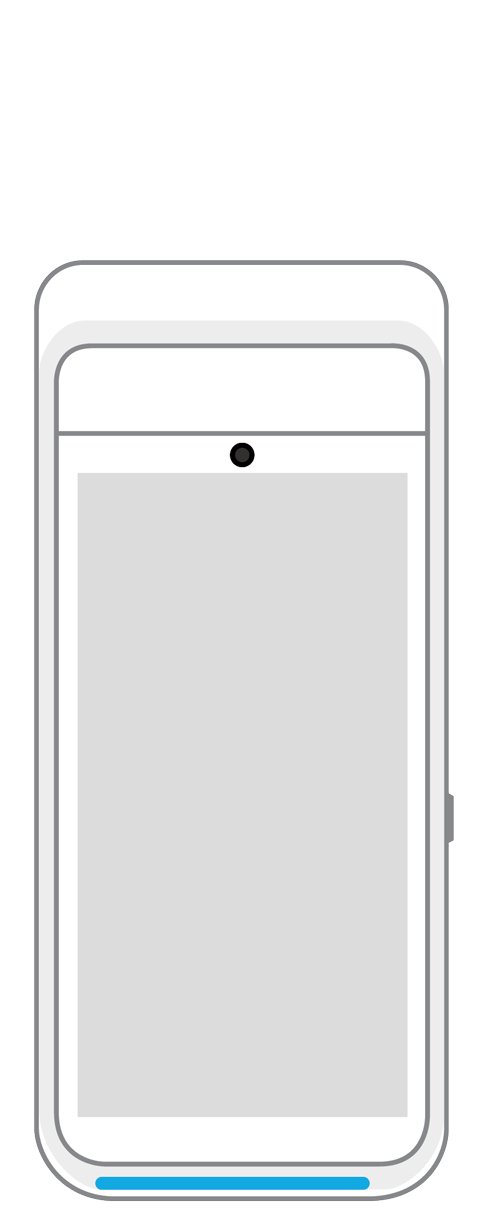 Terminal | 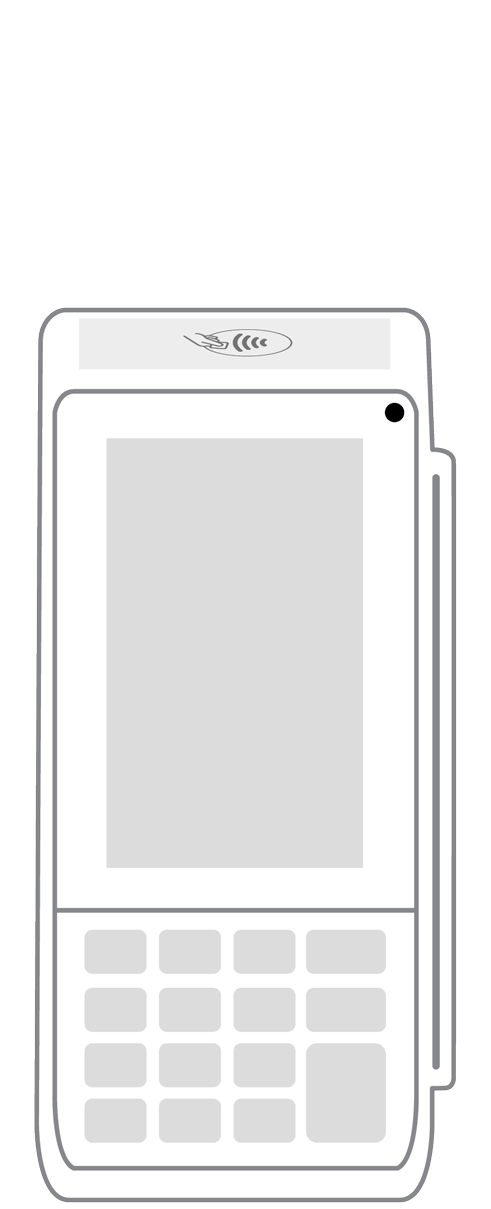 Keypad | 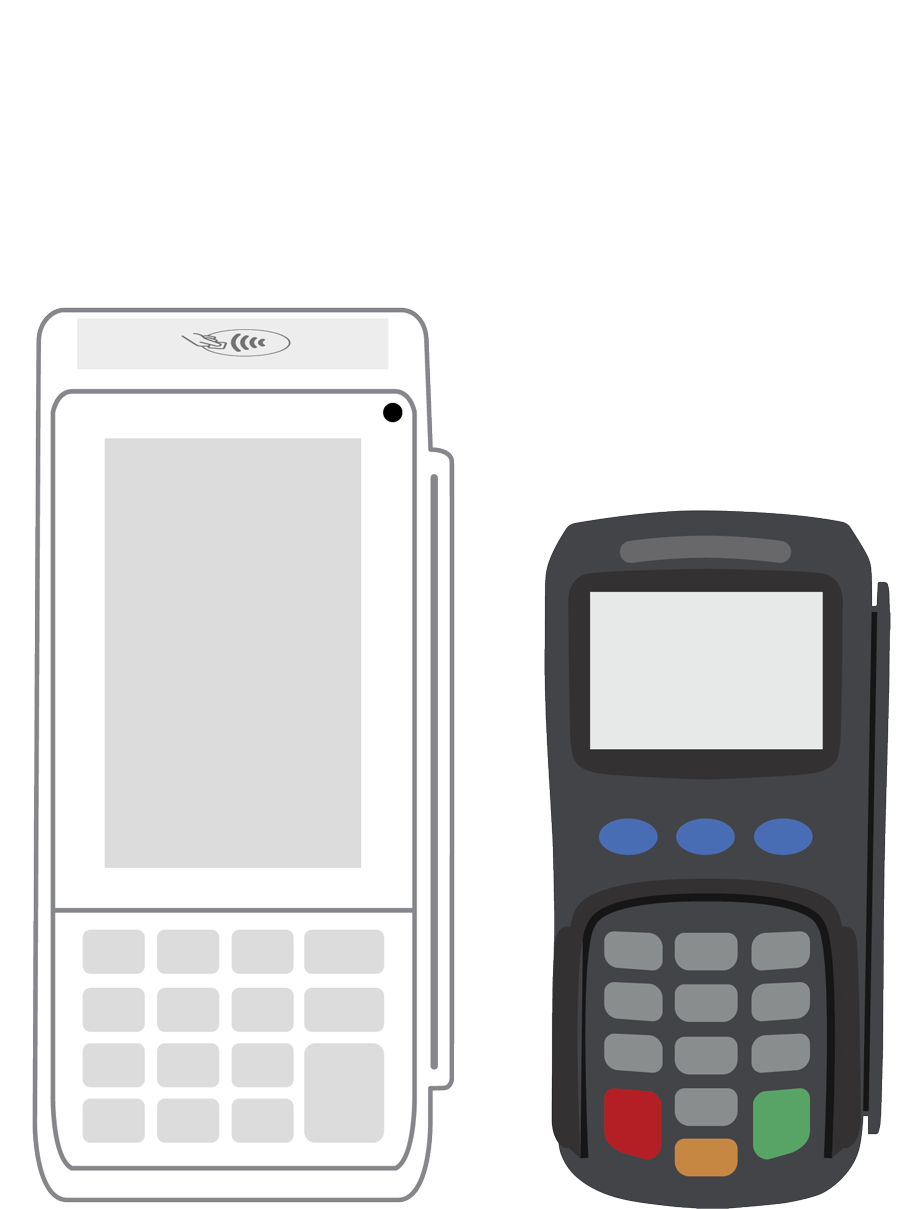 PINPad Pro | 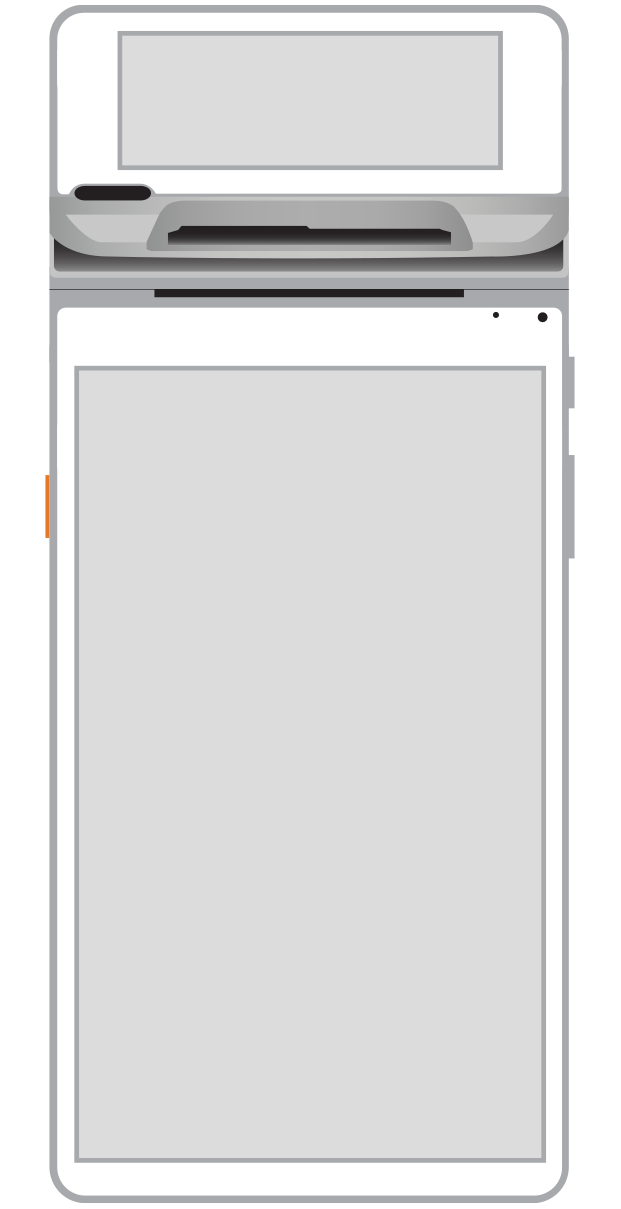 Flex | 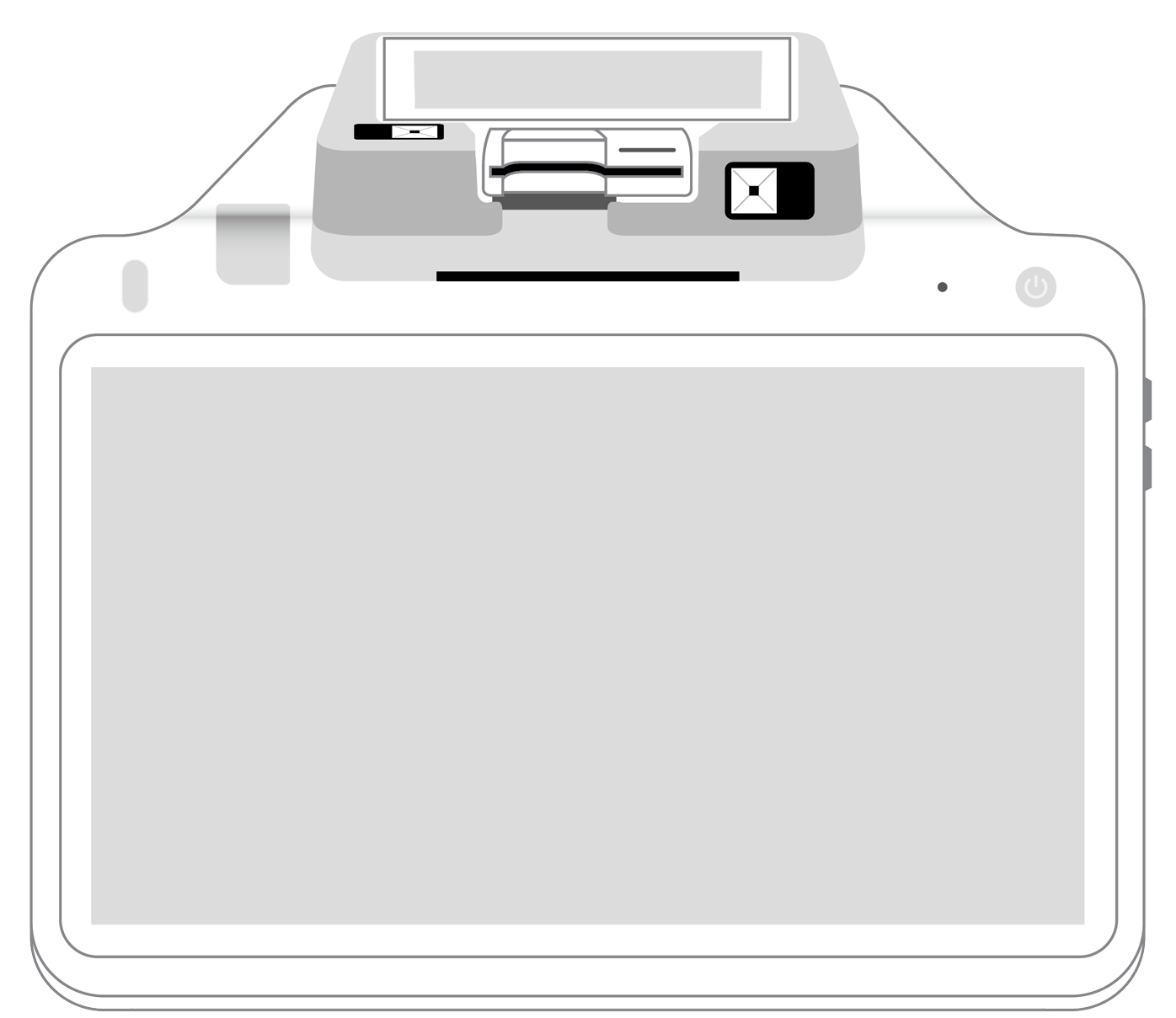 POS+ | |
|---|---|---|---|---|---|---|
Payment types | ||||||
EMV chip card payments (dip) | ||||||
Contactless payments (tap) | ||||||
Magstripe payments (swipe) | ||||||
PIN debit + EBT | ||||||
Device features | ||||||
Built-in barcode scanner | ||||||
Built-in receipt printer | ||||||
Customer-facing second screen | ||||||
External pinpad | ||||||
Wireless use | ||||||
Network | ||||||
Ethernet connectivity | With dock | |||||
Wifi connectivity | ||||||
4G connectivity | ||||||
Pricing | ||||||
Free Placement | ||||||